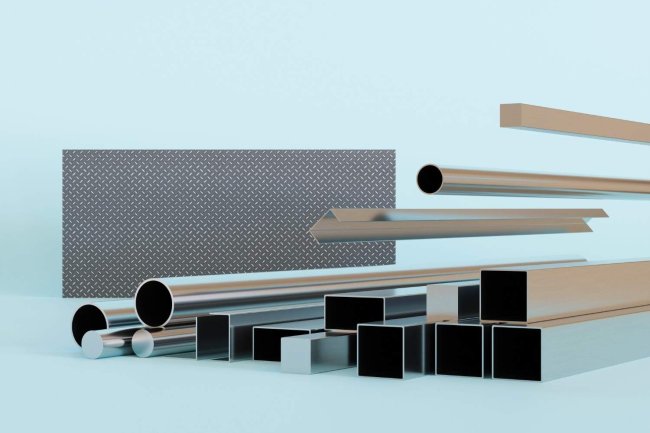The Power of 3D Structural Modeling in Large Construction Projects
Welcome to a journey through the transformative world of 3D structural modeling! If you're managing large-scale construction projects, you're about to discover how this technology can revolutionize your workflow, save costs, and dramatically improve project outcomes. Let's explore together how BIM technology is changing the game for facility managers and construction professionals.

What Is 3D Structural Modeling?
|
3D structural modeling goes far beyond creating attractive visuals of buildings. It provides a comprehensive digital representation of a facility’s physical and functional aspects. Unlike traditional 2D blueprints, 3D models are packed with detailed information about each building component, offering a richer, more interactive planning tool. This advanced modeling approach marks a major shift in construction workflows. By allowing stakeholders to fully visualize the project before ground is broken, teams adopt a "build twice" strategy—first digitally, then physically—reducing errors, improving collaboration, and setting the stage for more successful outcomes. |
|
Key Benefits of 3D Structural Modeling
|
Enhanced Visualization
See the complete structure in three dimensions before construction begins, helping identify potential issues that might be missed in 2D drawings.
|
Clash Detection
Automatically identify and resolve conflicts between different building systems (structural, mechanical, electrical, plumbing) before they become expensive field problems.
|
|
Accurate Quantity Takeoffs
Generate precise material quantities directly from the model, reducing waste and improving cost estimation accuracy by up to 40%.
|
Improved Collaboration
Create a single source of truth where all stakeholders can access, review, and contribute to the project, enhancing communication across disciplines.
|
Cost Savings Through 3D Structural Modeling
|
|
The Financial Impact: • Minimizing rework (saving up to 10% of contract value) |
Moreover, these models continue providing value throughout the building's lifecycle, helping facility managers optimize maintenance and operations.
Implementation Challenges and Solutions
| Common Challenges • Initial investment in software and training • Resistance to workflow changes • Integration with existing systems • Managing large, complex model files |
Practical Solutions • Phase implementation to spread costs • Provide hands-on training with real project examples • Start with pilot projects to demonstrate value • Use cloud-based collaboration platforms |
The transition to 3D structural modeling requires thoughtful planning, but the long-term benefits far outweigh the initial challenges. Most organizations see positive ROI within 12–18 months of implementation.
How Consac Can Help Your Organization
|
Expert Implementation
Our team of structural engineers and BIM specialists brings decades of combined experience implementing 3D modeling solutions for complex projects across healthcare, commercial, and infrastructure sectors.
|
Customized Training
We provide tailored training programs for your team, ensuring everyone can effectively utilize the power of 3D structural modeling in their daily workflows.
|
Ongoing Support
Beyond implementation, we offer continuous technical support and regular software updates to keep your modeling capabilities at the cutting edge of industry standards.
|
Ready to Transform Your Construction Projects?
|
Next Steps:
Contact Us Today:
|
|
What's Your Reaction?



















